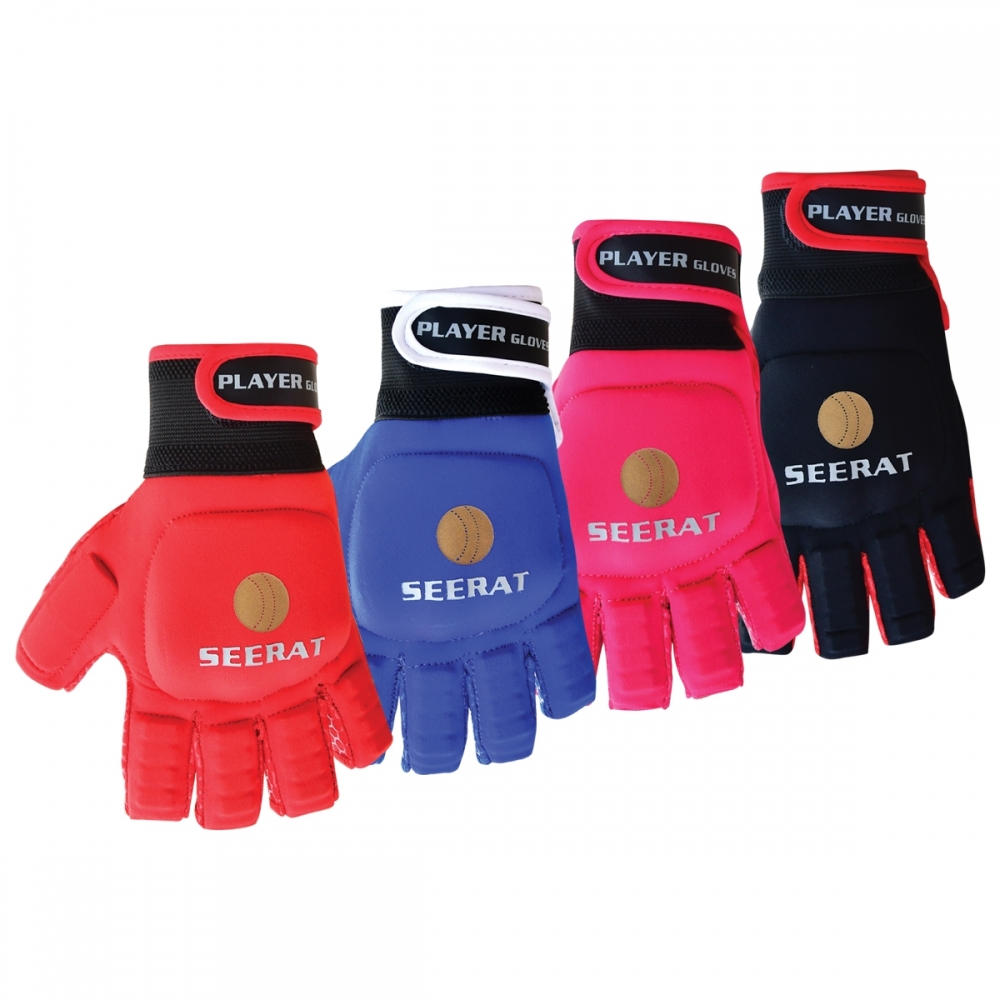In hockey, your hands may be one of the most crucial but vulnerable parts of your body! You must guard them while also being able to use the stick and shoot freely.
If you intend to play competitive hockey, you will need a pair of hockey gloves to protect your hands. The combination you choose to boost protection will be determined by several things. Common considerations when purchasing hockey gloves include
- Fit (Anatomical, tight, or Loose / Traditional)
- Size
- Protection
- Mobility
- Quality
Why Do You Need Hockey Gloves?
Hockey gloves primarily protect your hands and wrists from being struck by sticks and pucks. They can also assist shield your hands from the surface if you fall or get injured while playing. The variables stated below help to increase the protection of the player’s hands when utilizing hockey gloves.
Padding:
The interior layer of the foam covers the whole glove. The price increases the number of layers of padding. Less-priced gloves will be cushioned with single-density foam throughout, which is quite soft and has a restricted range of protection. On top of this, mid-range gloves will include a layer of high-density foam, while better ones will have plastic inserts. You can feel the layers of foam in premium gloves, and another advantage of higher-end gloves is extra cushioning in specific regions, such as the sides of your hands and fingers (not just the back).
Shell:
Thicker, more durable nylon shells are seen on better gloves (material covering the padding).
Palm:
More expensive gloves will have higher-quality, more durable leather on the palms, which may be strengthened in high-wear regions. Because specific regions of the palm wear out faster than others, this form of reinforcement is recommended for players who will be playing frequently.
Protected Glove Palm Material
The hockey glove palm has gone through several variations over the years, but we’ll go over the three most common palm materials on the market now.
Nash
The Nash palm, also known as the Micro Nash palm, is a synthetic palm material that comes in a variety of hues. It is often extremely thick to ensure long-lasting toughness and the capacity to last through numerous games and sessions. If you don’t abuse your gloves, this form of palm should last a year or more.
Digital
This is a more expensive palm material. It has one of the thinnest palms around, similar to the palms of a golf glove. Because this palm is not particularly thick, it readily breaks down. This palm style is for folks who are either gentle on their gloves or expect top-tier performance. During normal use (a few times per week), most digital palms will last between half a year and a year before they begin to wear out.
Clarino
A synthetic palm comparable to Nash is usually simpler to break in. Clarino has begun to dominate the palms supplied by higher-priced gloves because of its ease of break-in.
Thumb
All hockey gloves will have an armoured thumb that cannot bend backwards. Because they point down the stick, this prevents your thumb from being dislocated if your stick is pulled out of your hands. Better gloves will have more thumb and wrist mobility (although the fingers may still need to be broken in a bit). A glove with a fully flexible thumb that appears like the other fingers is most likely a lacrosse or street hockey glove.
Conclusion
There are already numerous brands providing high-quality gloves in a variety of fit kinds and levels of play. Fortunately, manufacturers are constantly upgrading their models and expanding their offerings.
As you can see, there is a glove for almost everyone, so selecting the best model for you is simple if you understand the distinctions between them. Consider your playing style, personal preference for volume and feel, and level of competition the next time you need to buy a new set of gloves.


